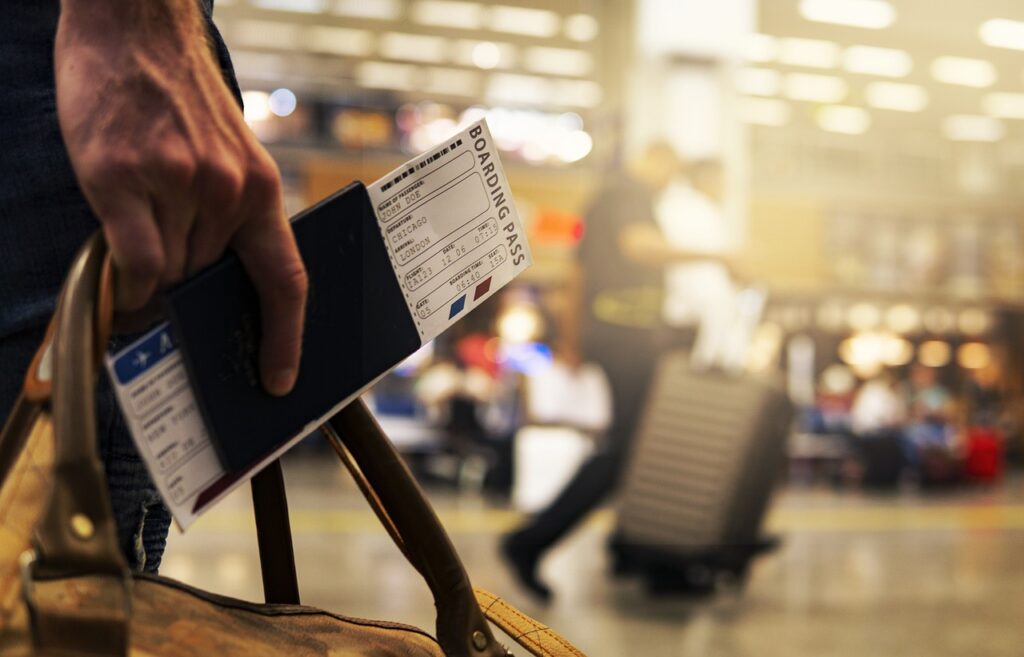
Booking flights can often feel like navigating a maze of fluctuating prices and uncertain timelines. However, understanding the best times to book can lead to significant savings and a smoother travel experience. In this guide, we delve into the art of timing your flight bookings to ensure you get the best deals and maximize your travel budget.
1. The Early Bird vs. Last-Minute Deals Debate: Finding the Sweet Spot
The age-old debate of whether to book early or wait for last-minute deals continues to confound travelers. While booking well in advance can sometimes yield lower prices, especially for popular routes and peak travel seasons, last-minute deals can also offer significant savings, particularly for off-peak travel or unsold inventory. Finding the sweet spot often depends on factors such as destination, travel dates, and flexibility, so it’s essential to monitor prices and be prepared to act when you find a favorable deal.
2. Seasonality and Peak Travel Periods: Timing Your Bookings Wisely
Understanding the seasonality of travel can help you time your bookings for maximum savings. Peak travel periods, such as holidays, school breaks, and major events, tend to drive up demand and prices. Conversely, shoulder seasons, which fall between peak and off-peak periods, offer more favorable prices and fewer crowds. By avoiding peak travel periods and opting for shoulder or off-peak seasons, you can secure lower fares and enjoy a more relaxed travel experience.
3. Day of the Week and Time of Day: Uncovering Booking Patterns
Believe it or not, the day of the week and time of day can impact flight prices significantly. Studies have shown that booking flights on certain days of the week, particularly Tuesdays and Wednesdays, can result in lower fares compared to weekends. Additionally, booking flights during off-peak hours, such as early morning or late at night, can sometimes lead to better deals, as demand tends to be lower during these times. Keeping an eye on booking patterns and being flexible with your travel schedule can help you snag the best deals.
4. Flexible Dates and Alternative Airports: Expanding Your Options
Flexibility is key when it comes to finding the best flight deals. By being open to alternative travel dates and nearby airports, you can increase your chances of finding lower fares. Utilize flexible date search tools offered by online travel agencies and airlines to compare prices across different dates and airports. Additionally, consider booking separate legs of your journey or exploring multi-city itineraries to take advantage of lower fares and more convenient routes.
5. Fare Alerts and Price Tracking: Harnessing Technology to Your Advantage
In the digital age, technology has revolutionized the way we book flights, with fare alerts and price tracking tools empowering travelers to make informed decisions. Sign up for fare alerts from airlines and online travel agencies to receive notifications when prices drop for your desired route. Additionally, utilize price tracking websites and apps to monitor fare trends and historical data, allowing you to time your bookings strategically and secure the best deals.
Conclusion
Timing is everything when it comes to booking flights, and mastering the art of timing can lead to significant savings and a stress-free travel experience. By understanding the nuances of seasonality, monitoring booking patterns, and harnessing technology to your advantage, you can unlock a world of opportunities and make the most of your travel budget. So whether you’re planning a spontaneous getaway or a long-awaited vacation, remember to fly smart and book strategically to ensure a smooth and affordable journey.

